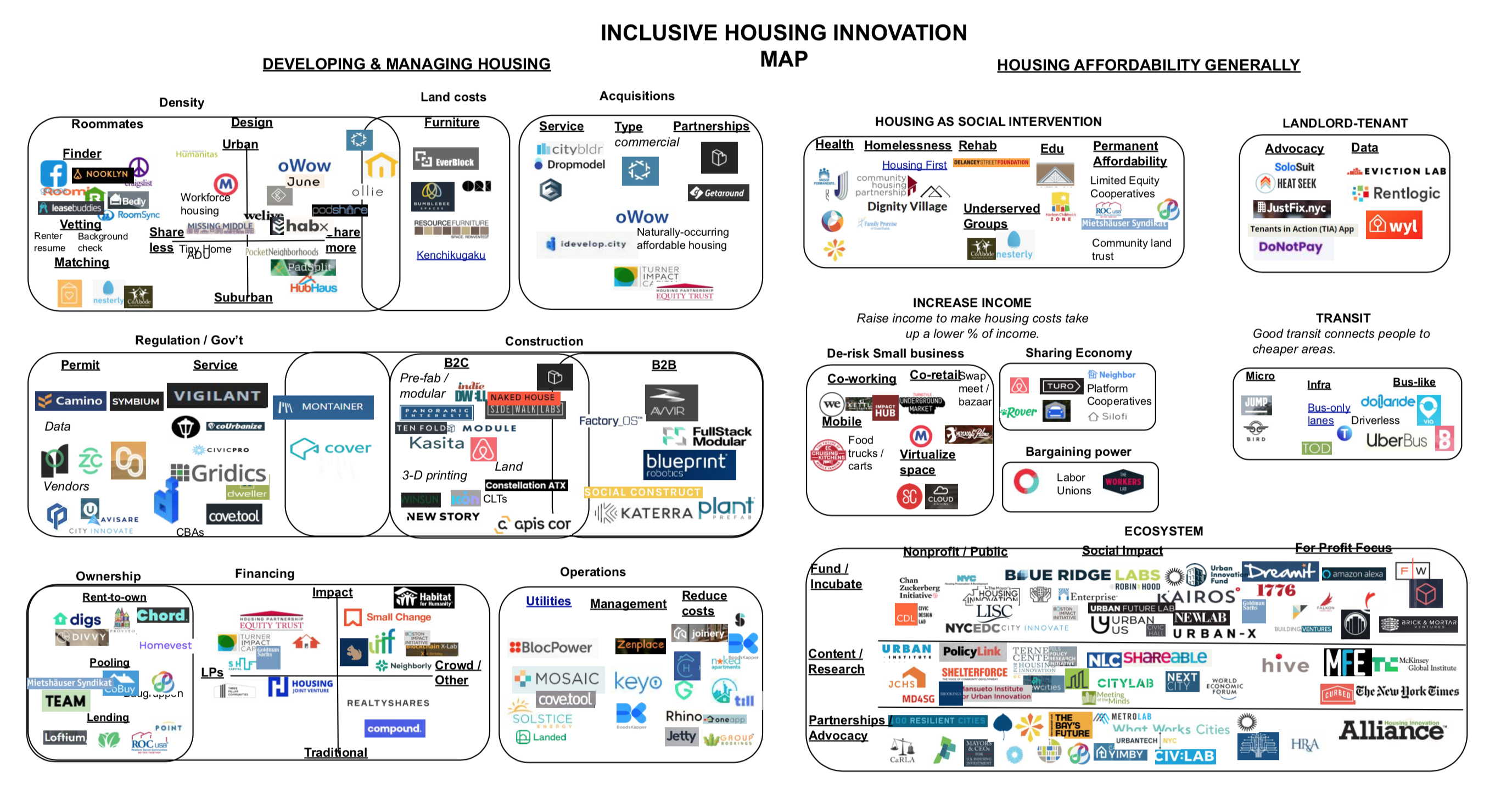Housing is big money. The industry has trillions under management and hundreds of billions under development.
And investors have noticed the potential. Opendoor raised nearly $1.3 billion to help homeowners buy and sell houses more quickly. Katerra raised $1.2 billion to optimize building development and construction, and Compass raised the same amount to help brokers sell real estate better. Even Amazon and Airbnb have entered the fray with high-profile investments.
Amidst this frenetic growth is the seed of the next wave of innovation in the sector. The housing industry — and its affordability problem — is only likely to balloon. By 2030, 84% of the population of developed countries will live in cities.
Yet innovation in housing lags compared to other industries. In construction, a major aspect of housing development, players spend less than 1% of their revenues on research and development. Technology companies, like the Amazons of the world, spend nearly 10% on average.
Innovations in older, highly regulated industries, like housing and real estate, are part of what Steve Case calls the “third wave” of technology. VCs like Case’s Revolution Fund and the SoftBank Vision Fund are investing billions into what they believe is the future.
These innovations are far from silver bullets, especially if they lack involvement from underrepresented communities, avoid policy and ignore distributive questions about who gets to benefit from more housing.
Yet there are hundreds of interventions reworking housing that cannot be ignored. To help entrepreneurs, investors and job seekers interested in creating better housing, I mapped these innovations in this package of articles.
To make sense of this broad field, I categorize innovations into two main groups, which I detail in two separate pieces on Extra Crunch. The first (Part 1) identifies the key phases of developing and managing housing. The second (Part 2) section identifies interventions that contribute to housing inclusion more generally, such as efforts to pair housing with transit, small business creation and mental rehabilitation.
Unfortunately, many of these tools don’t guarantee more affordability. Lowering acquisition costs, for instance, doesn’t mean that renters or homeowners will necessarily benefit from those savings. As a result, some tools likely need to be paired with others to ensure cost savings that benefit end users — and promote long-term affordability. I detail efforts here so that mission-driven advocates as well as startup founders can adopt them for their own efforts.
Topics We Explore
Today:
Coming Tomorrow:
- Part 2. Other contributions to housing affordability
- Social Impact Innovations
- Landlord-Tenant Tools
- Innovations that Increase Income
- Innovations that Increase Transit Accessibility and Reduce Parking
- Innovations that Improve the Ability to Regulate Housing
- Organizations that Support the Housing Innovation Ecosystem
- This Is Just the Beginning
- I’m Personally Closely Watching the Following Initiatives
- The Limitations of Technology
- Move Fast and Protect People

Please feel free to let me know what else is exciting by adding a note to your LinkedIn invite here.
If you’re excited about this topic, feel free to subscribe to my future of inclusive housing newsletter by viewing a past issue here.
0 Comments
Post a Comment